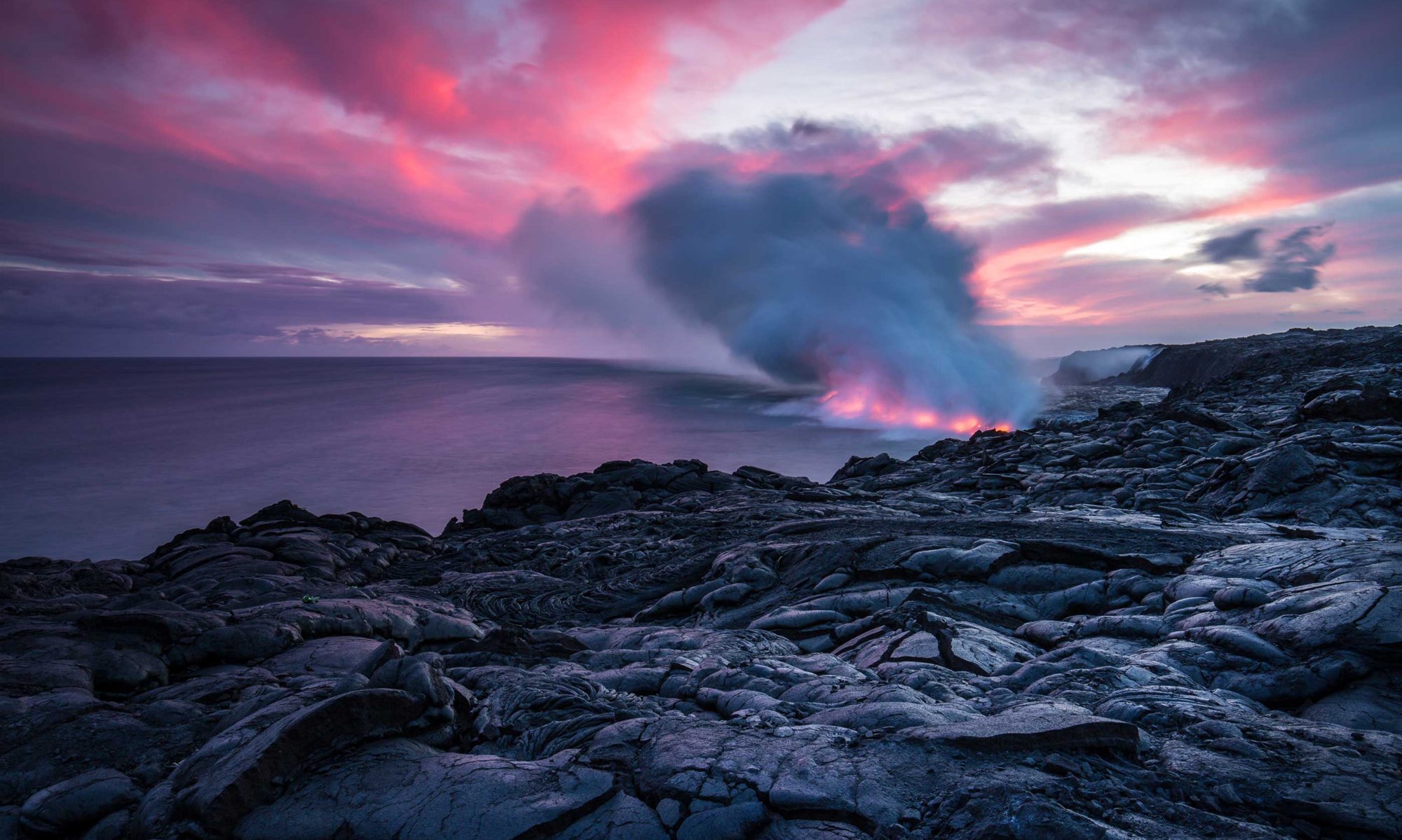Constantly fed with Earth observation data,, combined with local measurements and artificial intelligence, Digital Twin Earth will help visualize and forecast natural and human activity on the planet.
Continue reading “ESA Earth digital twin”Landsat-9
Landsat-9 is a continuation of a series of Earth-observing spacecraft that started almost 50 years ago. No other remote-sensing system has kept a longer, continuos record of the changing condition of our planet.
Continue reading “Landsat-9”Universal digital twin
A new paper proposes a dynamic knowledge graph approach for digital twins and the eventual goal of a Universal Digital Twin.
Continue reading “Universal digital twin”Magma trees
Reunion, a French island in the western Indian Ocean, sits above one of Earth’s mantle plumes – a tower of superheated rock that ascends from the deep mantle.
Continue reading “Magma trees”Most influential climate paper
Japanese scientist Syukuro Manabe wrote the most influential climate science paper of all time in 1967.
Continue reading “Most influential climate paper”AI hurricane prediction
Forecasting models help us predict when, where and how strongly hurricanes may strike. But such rapid intensification, can elude the predictions of even the best models. Accurately predicting when these violent storms surge and strengthen is an uncertainty within the hurricane forecasting community.
Continue reading “AI hurricane prediction”Continental growth not continuous
The continents which number five, six ,seven, or even more depending on the model used are still very poorly understood. They form the emerged part of the Earth’s continental crust. The continents have varied structures as well as rocks of different compositions and ages, and this diversity makes them difficult to study.
Continue reading “Continental growth not continuous”AI and climate tipping points
Researchers are developing artificial intelligence that could expose climate change tipping points. The deep learning algorithm could function as an early warning system against runaway climate change.
Continue reading “AI and climate tipping points”Melting ice shifting Earth
Doctor Sophie Coulsen and her colleagues explained in a recent paper that, as glacial ice from Greenland, Antarctica and the Arctic Islands melts, Earth’s crust beneath these land masses warps, an impact that can be measured hundreds and perhaps thousands of miles away.
Continue reading “Melting ice shifting Earth”Argo ocean sensors
Not only are rising temperatures leading to rising sea levels but most of the increase in energy in the climate system is occurring in the ocean.
Continue reading “Argo ocean sensors”
